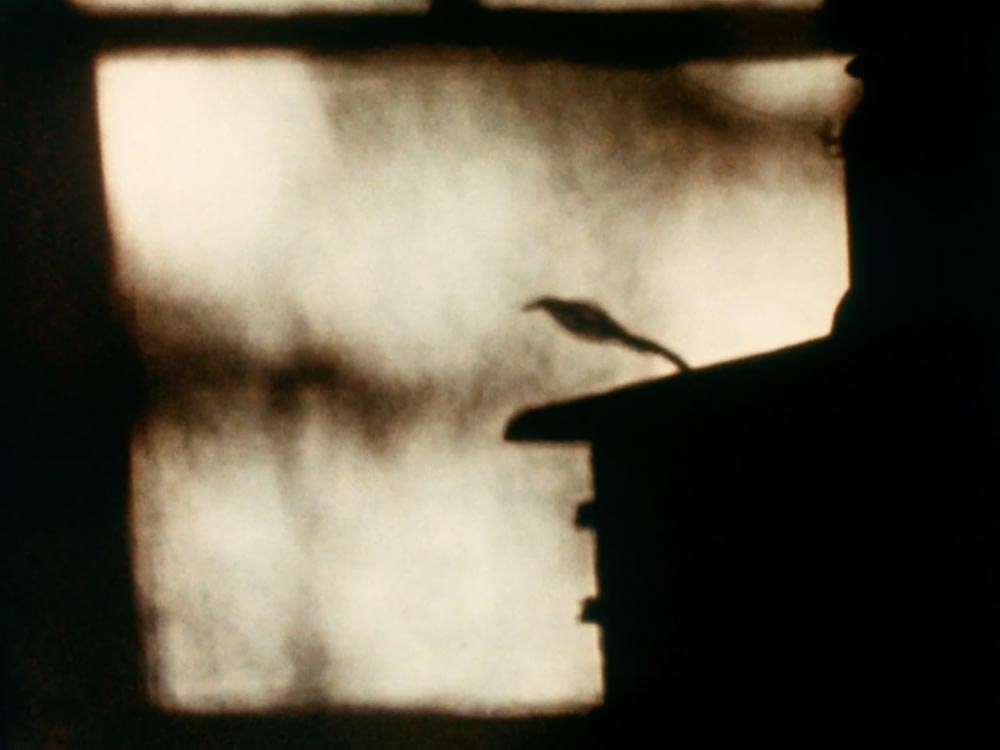Ellie Epp has long been a fixture of the Canadian experimental film scene, but has remained a relatively obscure figure outside of her motherland. Epp is, for one thing, a great editor. Her sense of cadence lends the prosaic an unparalleled beauty. Her filmography channels modes of cinema reminiscent of Akerman and Duras. Her films are mostly concerned with photography of the settings she occupied throughout her life. To Epp, it seems, the everyday is extraordinary.
This concern is evident even in her debut, Trapline (1975). Filmed in London after a viewing of Akerman’s Hotel Monterey (1972), Trapline finds Epp applying that still-camera approach to a building’s soul, offering the viewer various vantages of a bathhouse. Trapline evinces a lyricism in the lines that make up the grids of the Victorian swimming pool’s architecture, not unlike Akerman’s film depicting the famous New York hotel.
The silent Current (1982) demonstrates a new structural mode. The one-shot 100-foot roll of film models Venetian blinds, phantom streaks of blueish daylight peering through. It’s a spiritual piece insofar as it allows a meditation on its subject, mystified in the window treatment’s quietude.
Notes in Origin (1987) finds Epp at her most sentimental, her more developed aesthetic sensibilities sketched out amongst a series of ten still frames from Northern Alberta. The work has a Dorsky-esque quality to it. However, unlike Nathaniel Dorsky’s atomizing cuts, Epp's fading scenery leaves space for the viewer to make their own conclusions about the images’ relationship to each other. It demonstrates an advancement of Epp’s photography and her poeticism, as the movements of the film appear more delicate. Gone are the stark corners of Trapline, in their place a windswept tundra of shadows and stones..
Bright and Dark (1996) acts as a movement of pulses through bodies—the natural frequencies that occupy our stillness and our silence. This kinesthetic sensation, in Epp’s view, is most easily understood in the context of the erotic. Where Current took an appeal to silence, Bright and Dark introduces a series of poetics on this eroticism. To produce the titular states of light, Epp took a roll of film, fogged and riddled with agglomerations of grain. She proceeded to time the shutter’s opening to her breath, letting in light in accordance with her own body’s rhythm.
Last Light (2017) is the only work in the program shot digitally. Epp’s camera holds on a single shot of the San Ysidro Mountains in California as dusk sets in and gradually unfurls itself upon these peaks. Epp’s most technically simple work is also her most demanding in many regards, asking that its audience simply sit with her and observe the natural world as it is. The filmmaker’s signature sense of timing is substituted for the measure of the world as she gives in to the tempo of forces beyond her own.
“Five Films by Ellie Epp“ is streaming on Ultra Dogme through the end of August.



